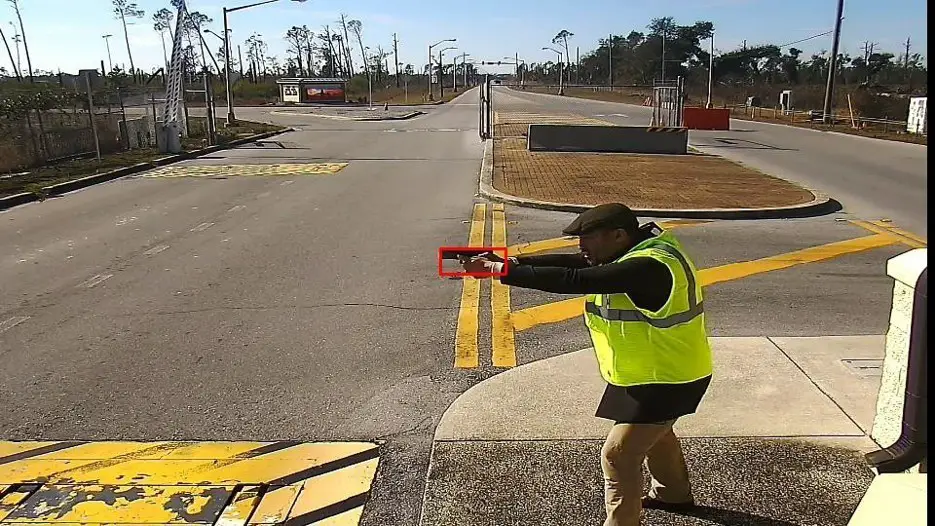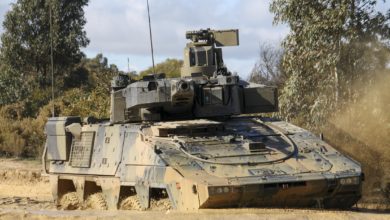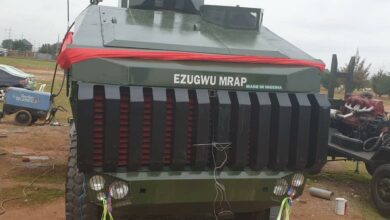ZeroEyes to Deploy AI Object Identification Tech in US Air Force Devices
ZeroEyes segment ZE Government Solutions has won a contract to deploy artificial intelligence (AI) anomaly detection technology for US Air Force “edge” devices such as body cameras.
This approach is expected to improve warfighter security through real-time awareness in situations such as traffic stops and complex missions at international air force bases.
“Throughout my military career, I had to enter countless dangerous situations with minimal information about my surroundings,” ZeroEyes Co-founder and CEO Mike Lahiff explained.
“By deploying our AI-based object detection on edge devices, we will be able to provide situational awareness and an added layer of security to the brave men and women dedicated to protecting our country.”
The contract supports a joint program by the US Air Force Research Laboratory and its Technology Directorate (AFWERX) to investigate the potential interoperability between AI and networked equipment that will fill capability gaps across the service.

Previous Contract with US Air Force
In September 2022, AFWERX contracted ZeroEyes to supply AI gun detection solutions for aerial drones stationed at the Dover Air Force Base in Delaware.
The $1.25-million award enabled unmanned systems to detect handheld weapons for base protection.
Under the contract, the company’s technology was programmed with machine learning software and internet security cameras that “identify the gun before the first shot is fired” within three to five seconds.
Screenshots and related data from the AI solution are sent to a control facility to confirm the weapon and trigger the drone to employ response and interference protocols.
The platform was trialed against rifles, shotguns, and other weapon systems before the award to confirm its operability.











